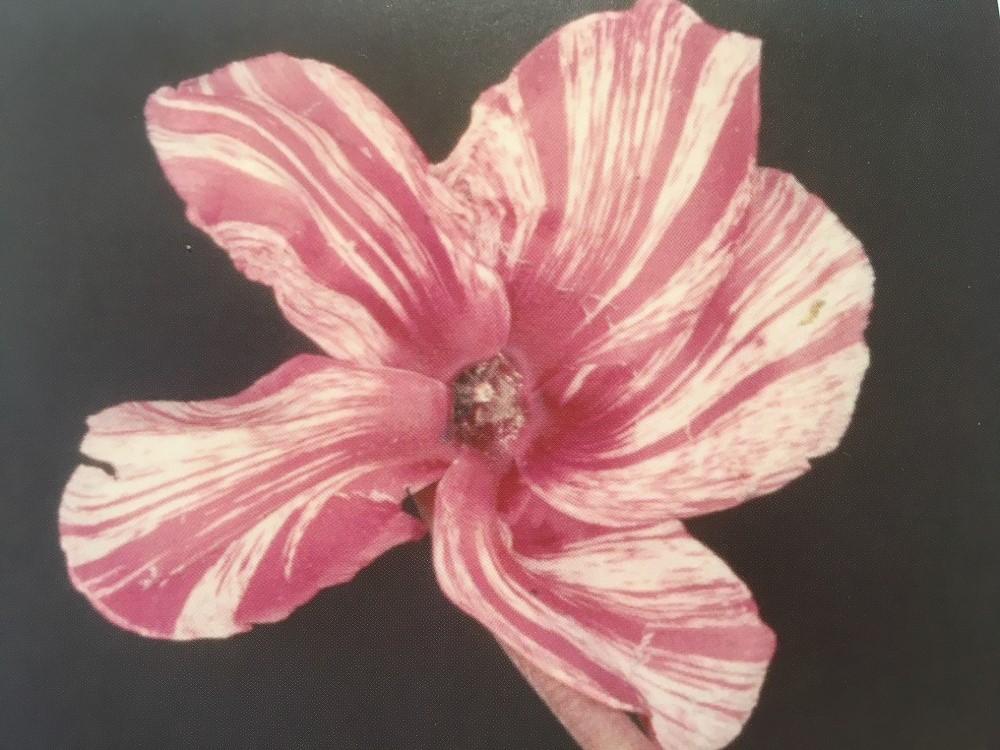Please click here to access the main AHDB website and other sectors.
- Home
- Knowledge library
- Cyclamen disease identification and biology: virus diseases
Cyclamen disease identification and biology: virus diseases
Learn to identify symptoms of the three key viruses of cyclamen.
Back to: Disease control in cyclamen
Tomato spotted wilt virus (TSWV) and Impatiens necrotic spot virus (INSV)
TSWV and INSV are two closely related viruses transmitted by thrips species, such as western flower thrips. Both have wide host ranges and cause a significant array of symptoms.
The symptoms caused by each of the viruses on cyclamen are very similar. These commonly consist of round, brown necrotic leaf spots, brown or yellow ringspots or line patterns on the leaves, browning at the petiole end of the leaf blade and flower distortion.
Brown spotting on leaves caused by TSWV (left) and leaf necrosis caused by INSV (right)

Courtesy and copyright of ADAS Horticulture.
Cucumber mosaic virus (CMV)
This virus has a very wide host range. The most striking symptom on cyclamen is ‘flower breaking’, in which flowers develop stripes or streaks of a second colour. It is transmitted by a number of aphid species and can also be mechanically transmitted in sap from infected plants.
‘Flower breaking’, a consequence of infection by CMV

Courtesy and copyright of ADAS Horticulture.
Useful links
Authors
Author(s) – Dave Kaye and Erika Wedgwood. ADAS Horticulture.
Original author(s) – Tim O’Neill and John Scrace. ADAS Horticulture.
Webpage content correct of as May 2021.

